Shopping is an important part of any holiday. Not only does it make you feel good, but it also serves as a memory of the place you have visited. When you visit a place as beautiful as Jaisalmer, there’s so much you would want to take back with you. Thankfully, the cultural offerings are all available under one roof here. A famous shopping avenue in the city, Manak Chowk is known for its assortment of products like leather items, antiques, souvenirs, textiles, handicrafts, and jewelry. The shops here are small but loaded with items in various designs and colors. It is the ideal place to pick up little items that you can carry back home to gift your loved ones, especially for those who are looking for typically Indian objects.
When you visit a place like Jaisalmer, you are spoiled for choices, especially while exploring the local markets. The best and the most popular one to head off to is Manak Chowk – the vibrant market place located right outside the Jaisalmer Fort.
Manak Chowk is a cultural amalgamation of all that Jaisalmer as well as Rajasthan have to offer. With an assortment of items like leather items, antiques, souvenirs, textiles, handicrafts, and jewellery, to name a few, Manak Chowk is a plethora of options without burning a hole in your pocket.
The roadside shops are small, but can’t get unnoticed – thanks to the colourful loaded products they have to offer in various sizes, designs, colours and varieties. Manak Chowk Market, Jaisalmer is the perfect place to pick souvenirs, especially if you are looking for some typically Indian objects.
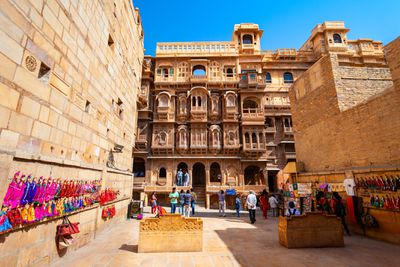
Manak Chowk and Havelis – An Overview
Though the shops and stalls definitely walk away with the majority of attention in Manak Chowk, the Havelis situated outside the Fort and amidst the local market shouldn’t be missed either. Visitors are free to walk through the lanes to explore the Havelis, majority of which date back to a construction in the 18th and 19th centuries. The entire region exhibits rich art and exclusive craft work, and the marketplace reflect the same imperialism.
Some of the most famous havelis of the region include Patwon-ki-Haveli, Salim Singh-ki-Haveli and Nathmalji-ki-Haveli known for their royal craftsmanship and massive architecture. Patwon-ki-Haveli is one of the finest bungalows with gorgeous latticed facade. The relatively new Salim Singh-ki-Haveli is three centuries old, and people still reside. There are beautiful peacock-shaped brackets in its arched roof to hold it up.
The Nathmalji-ki-Haveli has two opposite sides built by two architect brothers. Guarding the bungalow are sandstone tuskers shaded in bright yellow. These havelis are clustered at the narrow lanes of the city, making mesmerizing weaves of carved balconies across the entire city.
Amidst these havelis, the popular marketplace stand and was previously known as Sadar Mandi. Back then, the Sadar Mandi (grain market) used to be populated with traders not only from the different parts of India, but also from Iraq, Egypt, Persia and Arabia.
At a distance of 2.5 km from Jaisalmer Railway Station, Manak Chowk is a popular market place situated outside the beautiful Jaisalmer Fort.
Manak Chowk is flooded with shops offering decorative leather works, ethnic silver jewellery, craft works and antique pieces. It draws several tourists from far and wide who are thrilled at the wide variety of traditional ethnic goods that are available at affordable prices. An important commercial and business hub of Jaisalmer, the market portrays the rich artistic caliber and creative skills of the local craftsmen of Rajasthan.
The tourists can experience the architectural splendor of the beautiful havelis of the ancient times in the market place of Manak Chowk. Patwon ki Haveli, Salim Singh ki Haveli and Nathmalji ki-Haveli are the most famous havelis in this area. Majority of these havelis were constructed during the 18th and 19th centuries and exhibit rich art and craft works. This market place was a popular beehive of trade and was known by the name Sadar Mandi. Back then, the Sadar Mandi or the grain market used to be crowded with traders from Iraq, Egypt, Persia and Arabia.



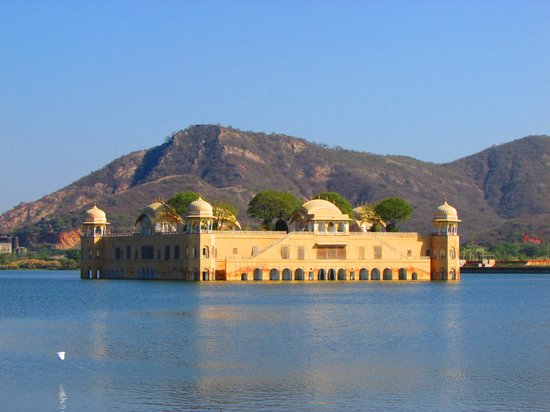
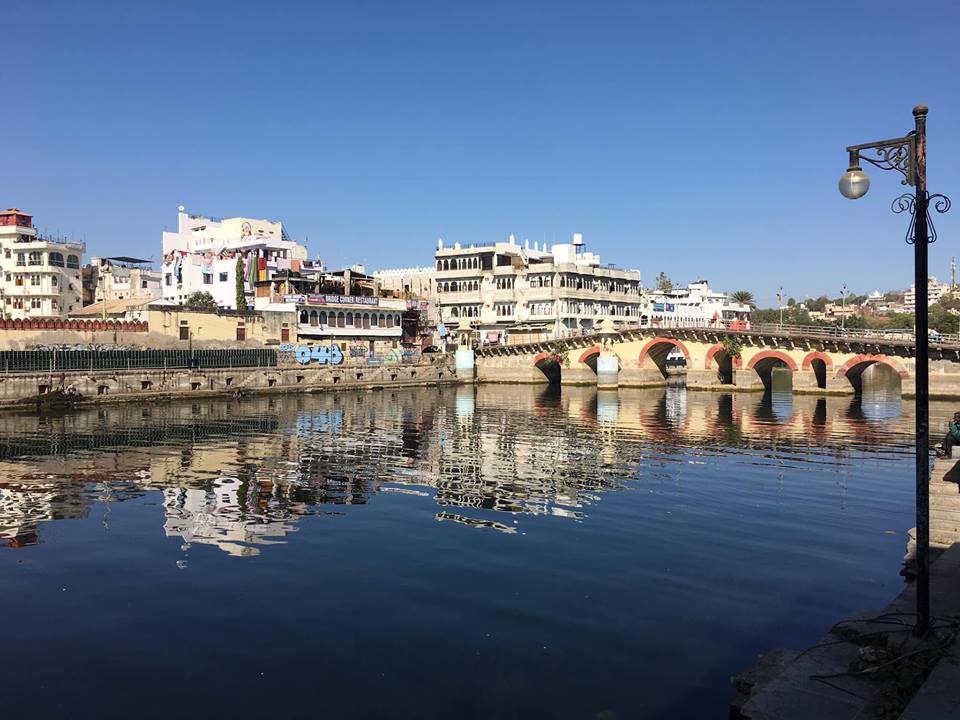
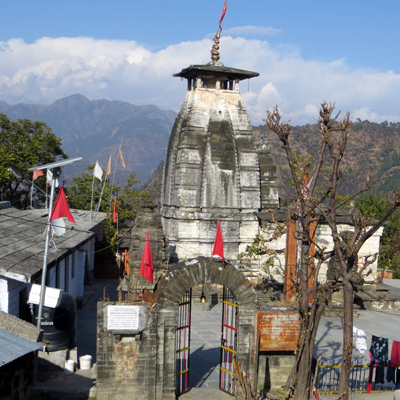

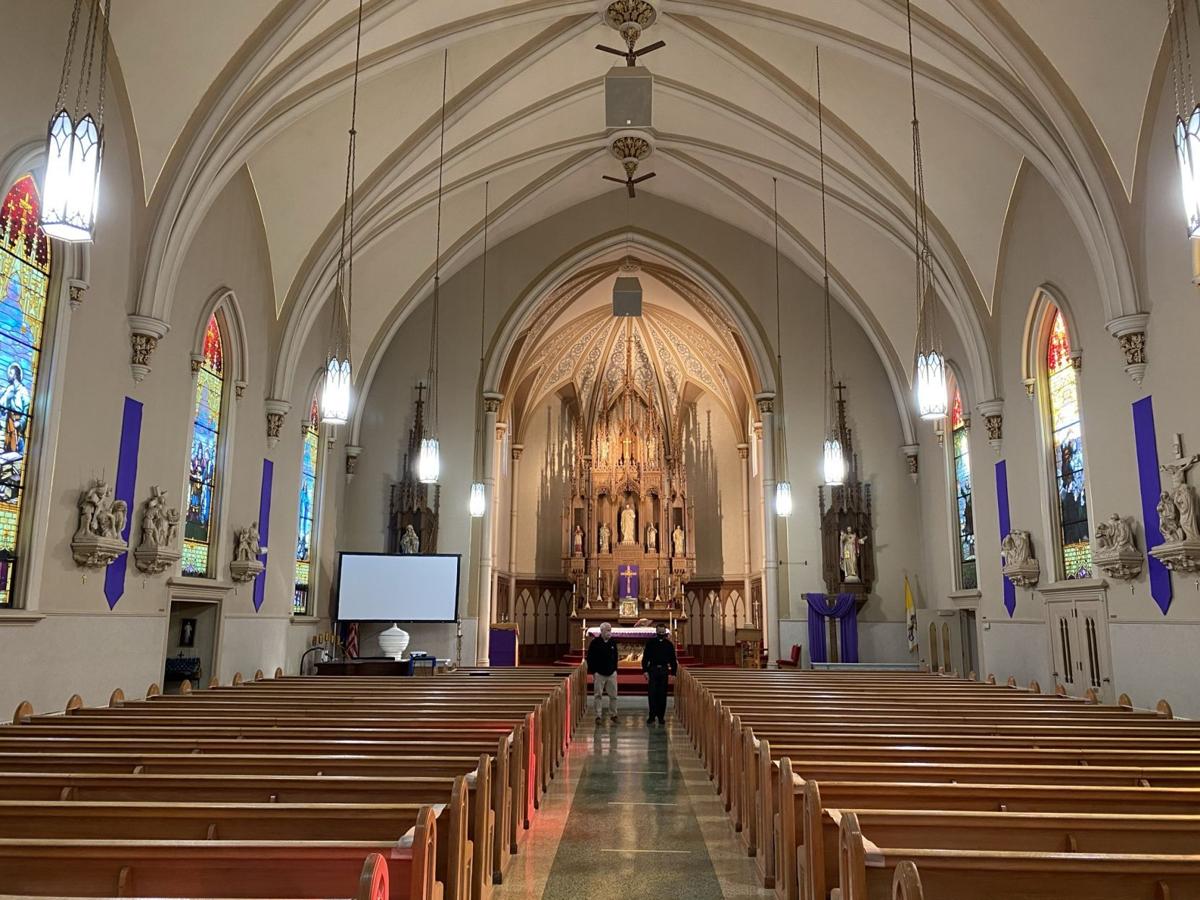

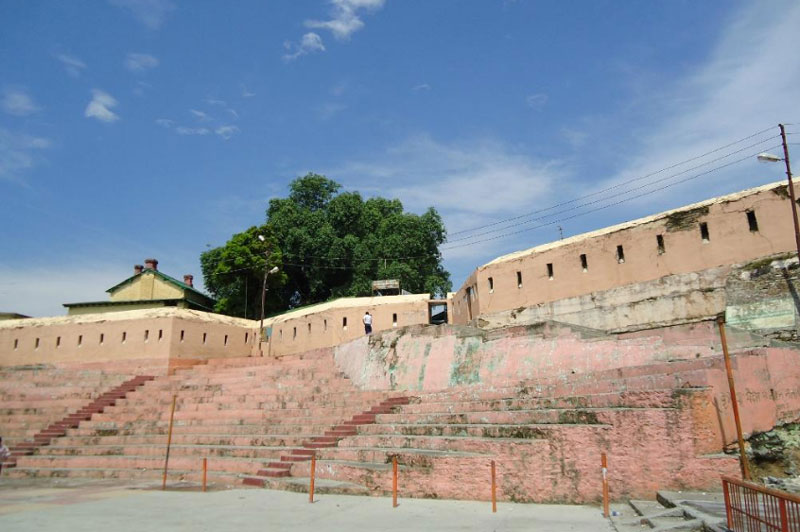



8 Comments
Comments are closed.